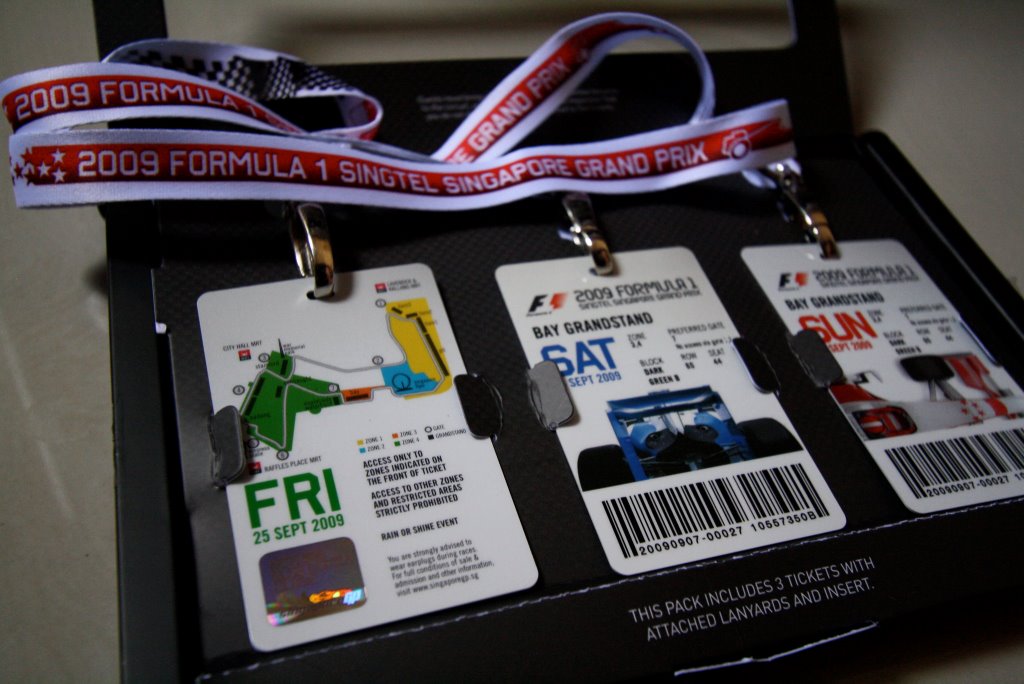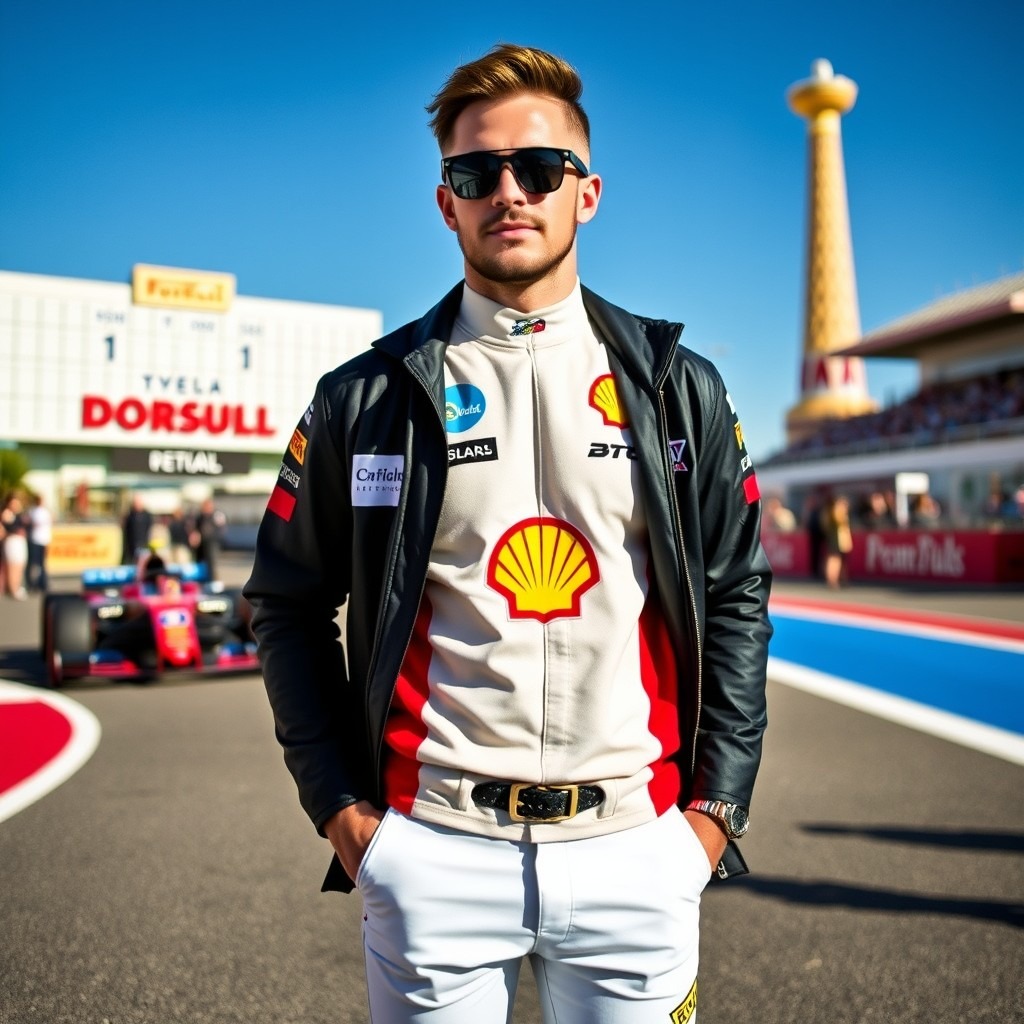It’s race week! The Dutch Grand Prix starts on Sunday, 31 August 2025 at Zandvoort: 72 laps, 306.587 km. The tires? C2 (Hard) / C3 (Medium) / C4 (Soft). Track position is gold dust here. However, the narrow, high-speed circuit means strategy matters even more than pole position. Expect Verstappen’s homecoming story, McLaren’s ongoing duel, and strategic calls that can flip the script. This preview is your simple guide to what matters this weekend.
So..Show Must Go On
We’re deep in the season. Championship points multiply. Every pit call is magnified, every qualifying mistake stings double. Because Zandvoort limits overtaking, qualifying and pit-lane decisions often write the podium order.
Zandvoort rarely crowns a champion, but it shapes the tone of the fight. A clean win here can fuel momentum; a mistake under orange smoke can double the pressure for the next round.
The Dutch GP’s Vibe?
A seaside carnival that somehow strapped a Formula 1 race onto its rollercoaster. That’s Zandvoort during the Dutch GP weekend. The dunes shake with bassy chants; every seat is a sea of orange. Even the wonder who roots for Verstappen and who for McLaren, as both teams are orange. However, the atmosphere is less “motorsport etiquette” and more “festival with cars doing 300 km/h.”
And here’s the kicker. The energy bleeds into the race. Drivers talk about the crowd as a source of adrenaline. For Verstappen, it’s like racing inside a stadium built entirely for him. For rivals, it’s like being the away team in a championship final. You don’t even need commentary to know when Verstappen appears on screen — the roar is the live subtitles.
Here’s the complete beginner’s guide to Zandvoort.
The Zandvoort’s Key Feature?
It’s banked, fast, narrow, and old school. Imagine Niki Lauda overtaking James Hunt here in 1985 and crossing the finish line just 0.232 seconds ahead!
What’s more, Zandvoort will remain on the calendar through 2026 only — the promoter extended for one year and decided not to continue beyond that (so call 2026 the “final edition”). The successor? Most likely – Assen track.
The Racing Strategy for the Dutch Grand Prix
Pirelli’s C2–C4 compounds open the door for creativity. The softest C4s give thrilling qualifying laps but don’t last long. The medium C3s are the workhorses, expected to carry most stints. The hard C2s? Insurance policies in case things go wild.
Most teams aim for a one-stop strategy: start on mediums, swap to hards, and manage tire wear like a tightrope walker. A two-stop is possible, but only if the car is significantly faster. The 21–22 seconds lost in the pit lane is brutal here, equating to roughly 0.3 seconds per lap over 70 laps. This means fresh tires must offer at least this delta in lap-time gain to justify an extra stop. Think of a pit stop as paying a 22-second toll booth on a single-lane road, plus the stopping time. Unless the fresh tires repay you with significant speed dividends, you’ve just lost position with no refund.
What does turn strategy upside down?
While teams plan carefully, a handful of unpredictable factors can throw expectations out the window.
- Safety cars: Neutralize gaps and make “free” stops possible, but it isn’t the Dutch GP’s case. The real (physical) safety car is rare here. According to F1 statistics, the probability of a safety car is less than 50%.
- Weather: Racing at Zandvoort is competing against the dunes and the North Sea as much as against the rivals. A breeze can carry drizzle across the course in minutes, so the teams need to change their strategies quickly. If it rains, expect chaos: sudden tire changes, gambles, and perhaps an unexpected winner. There is a 50% chance of rain for the entire weekend.
- Undercuts: Pitting early for fresh tires to leapfrog a rival is the most popular racing strategy, and it will remain so for the 2025 Dutch Grand Prix. Here’s more on racing strategy in Formula 1.
Session-by-session — how to watch like an insider
- Friday practice: Look for tire struggles. If a car eats its tires early, expect trouble Sunday.
- Saturday qualifying: This is half the race. The pole here is worth its weight in podium champagne.
- Sunday race: The chess match: pit timing, tire life, and nerves. Don’t expect constant overtakes — the real moves happen on the pit wall, where engineers play chess with tires.
Read our guide on the Formula 1 race weekend.
As Will Buxton would say: the race inside the race is the strategy battle — and you’ll hear it unfolding over the radios. As we move forward, here are the key points to watch, especially if you’re a new F1 fan.
Storylines you’ll hear all weekend: Who to watch
1. Norris vs. Piastri — teammates turned rivals
McLaren’s young guns are locked in their own civil war. Just nine points separate Oscar Piastri and Lando Norris, both still chasing their first career win. The dynamic is delicious: Norris has been McLaren’s heartbeat since 2019, loyal through tough years and rebuilds. Then Piastri came in 2023. Calm and collected, he remains unfazed by media pressure. He has a secret weapon, too. His manager, Mark Webber, once fought tooth and nail with Sebastian Vettel at Red Bull. That experience shows. Piastri carries himself with a cool resilience that sometimes makes Norris look more fragile under pressure. Even F1 insiders like Ralf Schumacher and Bernie Ecclestone have tipped Piastri as the long-game bet. The truth? Both are quick, but Piastri’s steadiness versus Norris’s flair is what makes this battle box-office. Here are discussions about Piastri and what’s on Bernie Ecclestone’s mind.
2. Verstappen’s uphill fight
Max Verstappen arrives at his home race under unusual circumstances: for the first time in years, the championship may have slipped from his grasp. Red Bull’s aura of dominance cracked in 2025 after Adrian Newey’s departure to Aston Martin (though his work won’t impact Aston until 2026). Add in team politics and technical turbulence, and Verstappen has been forced to wrestle a car that no longer guarantees victory. Still, Max doesn’t back off — he races “no matter what” style, wringing speed from chaos. At Zandvoort, with orange smoke and an entire nation at his back, the question is whether emotion can carry him where machinery may fall short.
3. Ferrari vs. Mercedes — constructors’ tug-of-war
The fight for second in the Constructors’ Championship is pure theatre. Ferrari, on paper, has the fastest car. But Lewis Hamilton is still adapting to life in red, while Charles Leclerc has struggled to convert pace into overtakes when it matters. Mercedes, by contrast, is creeping forward with George Russell’s consistency and Kimi Antonelli’s raw flashes of talent. It’s less about outright speed and more about execution. Can Ferrari hold on to their place, or will Mercedes’ steady rise push them aside?
The Dutch Grand Prix is an event soaked in atmosphere, strategy, and the roar of a partisan crowd. For new fans, it’s the perfect weekend to learn how much Formula 1 is about both raw speed and invisible choices behind the scenes.
And when the orange smoke rises on Sunday, you’ll know exactly why this race feels more like a festival with a finish line than just another lap counter.



